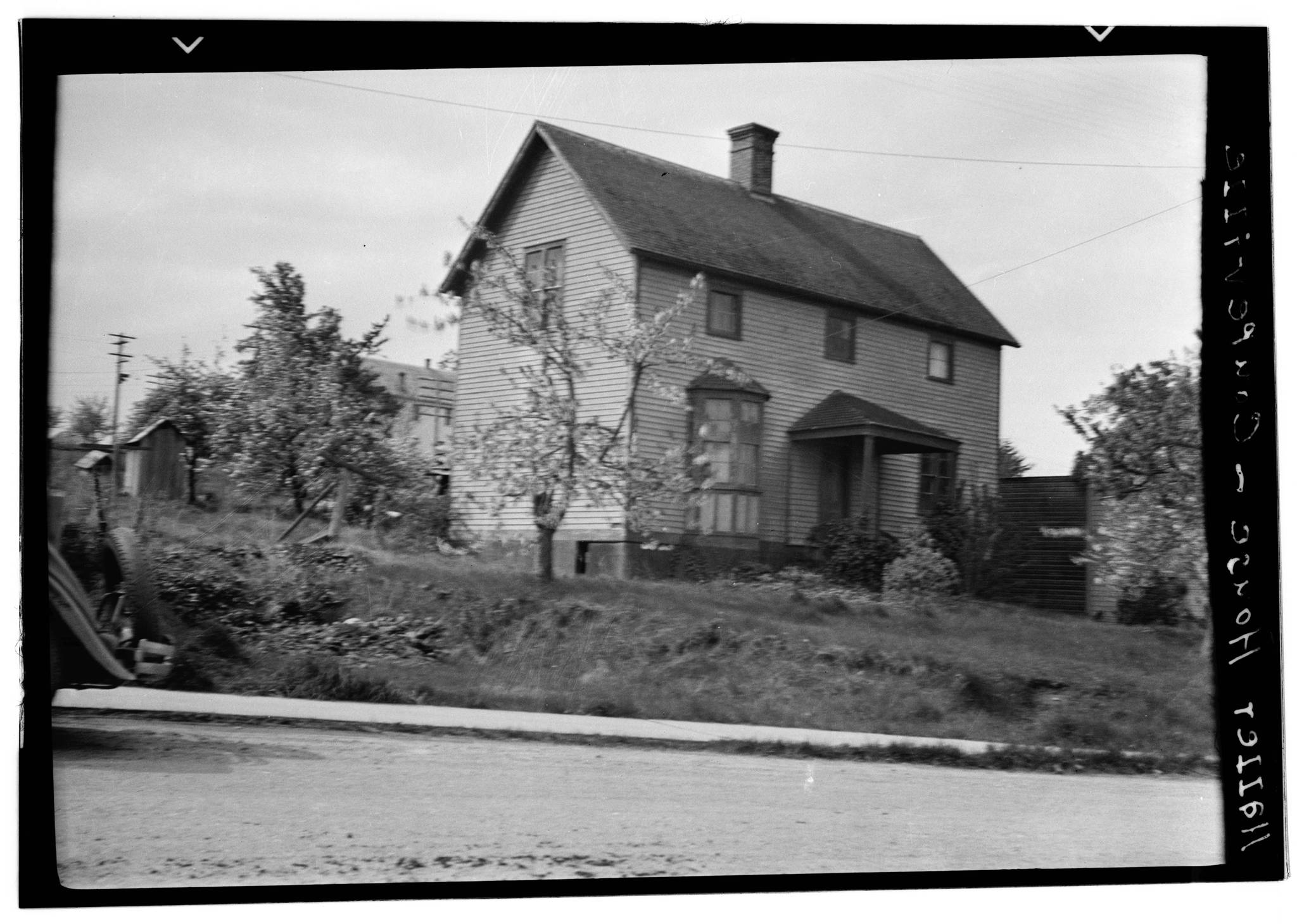A $1-million grant from the state will go a long ways toward repairing and protecting many of the structures that are intrinsic to the rich history and cultural landscape of Central Whidbey, according to Ebey’s Landing National Historical Reserve Manager Kristen Griffin.
The Coupeville wharf and the “big guns” at Fort Casey State Park are among the projects that will benefit from the preservation grants, but so are a list of privately owned historic buildings, including Toby’s, Captain Whidbey Inn and the Tyee Restaurant. Each of the properties to receive funding is listed on the National Register of Historic Places and the Washington State Heritage Register.
Tuesday afternoon, officials from the Trust Board of Ebey’s Landing National Historical Reserve and the Department of Archaeology and Historic Preservation announced the projects that will be funded by the allocation.
In an interview, Griffin stressed the economic benefits of the grants, which not only preserve a major tourist attraction in the form of pre-statehood buildings — the reserve has the greatest concentration in the state — but will create $1-million worth of construction jobs, much of which will involve foundations and roofs.
“It’s not always the most exotic kind of work but it’s vital,” she said. “If you don’t do it the building won’t survive.”
The key to saving historic buildings, she said, is for them to be utilized. And for that to happen, they have to be livable.
A year ago, state Gov. Jay Inslee added $1 million to his budget for preservation projects at Ebey’s Landing National Historical Reserve in Central Whidbey, which is home to more than 400 buildings on the National Register. The reserve, established in 1978, encompasses a working landscape of 17,572 acres and protects a living record of 19th century settlement. In a one-of-a-kind arrangement, it is managed by a trust board appointed by National Parks, Washington State Parks, Island County and the Town of Coupeville.
Allyson Brooks, state historic preservation officer and executive director of the Department of Archaeology and Historic Preservation, explained that Inslee placed the grant in the state budget after the Navy terminated discussions with other agencies and partners over mitigating impacts an increase of EA-18G Growler aircraft flights will have on the reserve.
“The concept is that if you reduce the historic significance of a nationally important property, or demolish a historic property, government should give something back to the people,” she said in an email, adding that the partners’ request was not unusual under Section 106 of the National Historic Preservation Act.
The governor and staff felt that the community should not be left without any mitigation, she said.
The Navy later agreed to pay $867,000 to the National Park Service to restore the historic Ferry House.
The amount, however, was significantly less than what was requested from those working to protect the historic integrity of the reserve.
Griffin explained that the people who live amongst historic buildings in the cultural landscape develop a strong sense of stewardship.
“They have an increased sense that there were people here before them and that there will be people here after them,” she said.
The controversy raised awareness over the importance and needs of the reserve, Griffin said, and state lawmakers approved Inslee’s preservation grants. The trust board will work with the Department of Archaeology and Historic Preservation to administer the grants.
The Ebey’s Preservation Grants include the following:
* The 1855 Alexander Blockhouse, one of only four such log structures remaining in the reserve (located at the Island County Historical Society Museum), was awarded $2,300 to clean and preserve the cedar shake roof.
* Fort Casey State Park’s Battery Worth Guns (1898, 1968) were awarded $145,000 to restore exterior surfaces.
* The 1916 Benson’s Confectionary building at 16 Front Street, now occupied by the Kingfisher Bookstore, was awarded $21,500 to rehabilitate and replace historic doors and windows.
* The 1886 Coupeville Cash Store at 12 Front Street, now occupied by the Whidbey Isle Yarns and Far From Normal shops, was awarded $78,253 for structural stabilization and foundation work, siding repair and rehabilitation of historic windows.
* The 1894 Coupeville Methodist Church at 608 North Main Street, an example of the Victorian craftsmanship of H.B. Lovejoy, the reserve’s best-known builder, was awarded $30,670 for rehabilitation of its historic bell tower.
* The 1905 Coupeville Wharf Warehouse and Dock on Penn Cove at 24 Front Street, owned by the Port of Coupeville, was awarded $303,000 for structural stabilization and foundation work to replace the warehouse roof.
* The 1859 and 1866 Haller House at 1 Front Street was awarded $196,940 for structural stabilization and foundation work and rehabilitation of historic doors and windows. It is owned by the nonprofit Historic Whidbey.
* The 1905 building known as Pat’s Place on South Main Street, now occupied by the Tyee Restaurant and Bar, was awarded $21,600 for structural stabilization and foundation work.
* The 1899 Terry’s Dryer building at 22 Front Street, once a business that prepared dried fruit for miners bound for the Klondike and now occupied by the Vail Wine Shop, received $25,623 for structural stabilization and foundation work, as well as paint to preserve the weathered fascade.
* The 1860 Whidbey Mercantile building on Front Street, one of the oldest remaining commercial buildings in the reserve and now Toby’s Tavern, was awarded $19,022 for roof replacement.
* The 1907 rustic log Whid-Isle Inn, now Captain Whidbey Inn, was awarded $99,427 to replace the cedar shake roof.
* The 1889 Zylstra House, located at 101 Northeast 7 th Street, another example of builder H.B. Lovejoy’s Victorian craftsmanship,received $36,665 to rehabilitate historic windows and replace a failing roof.



